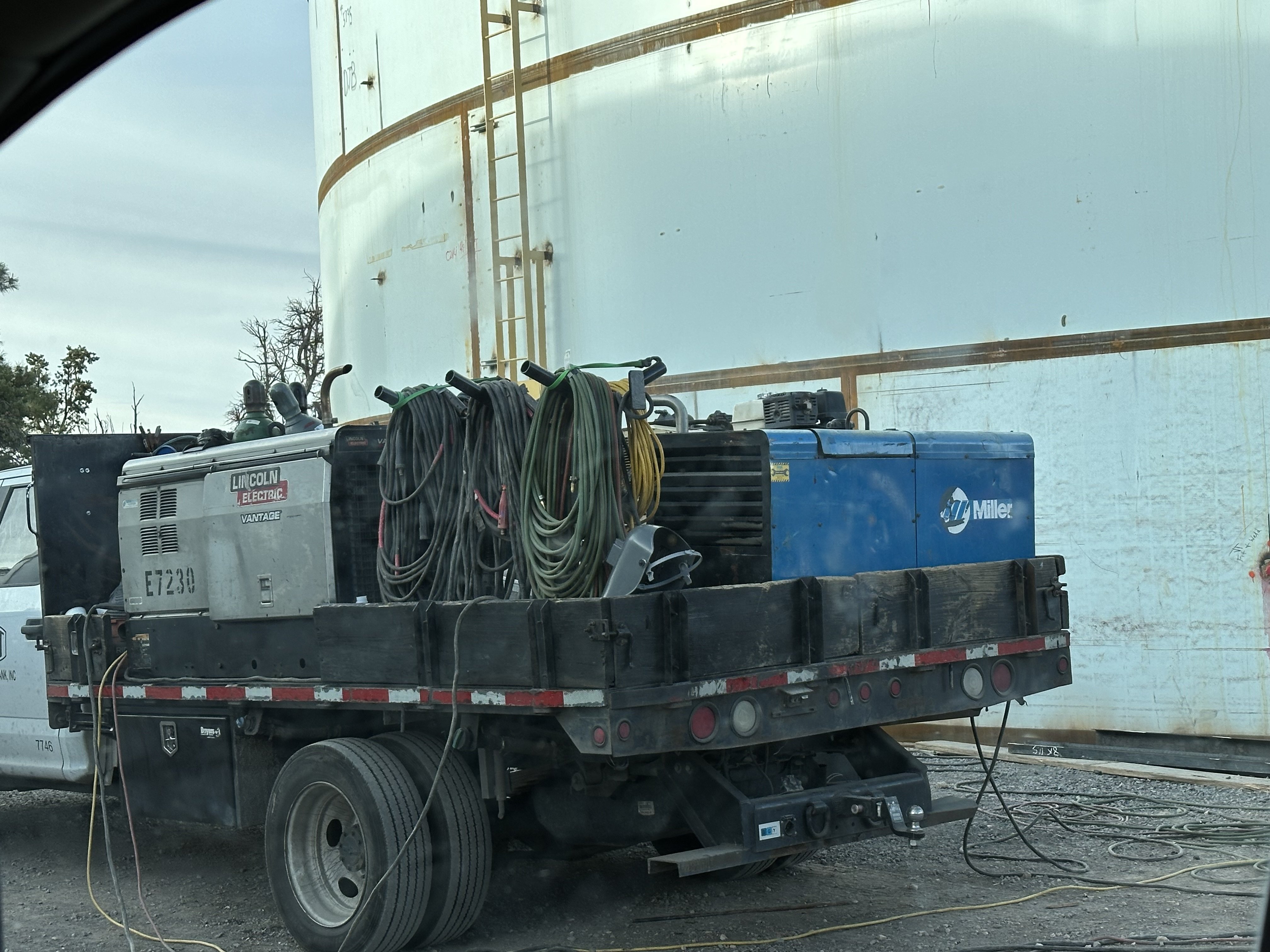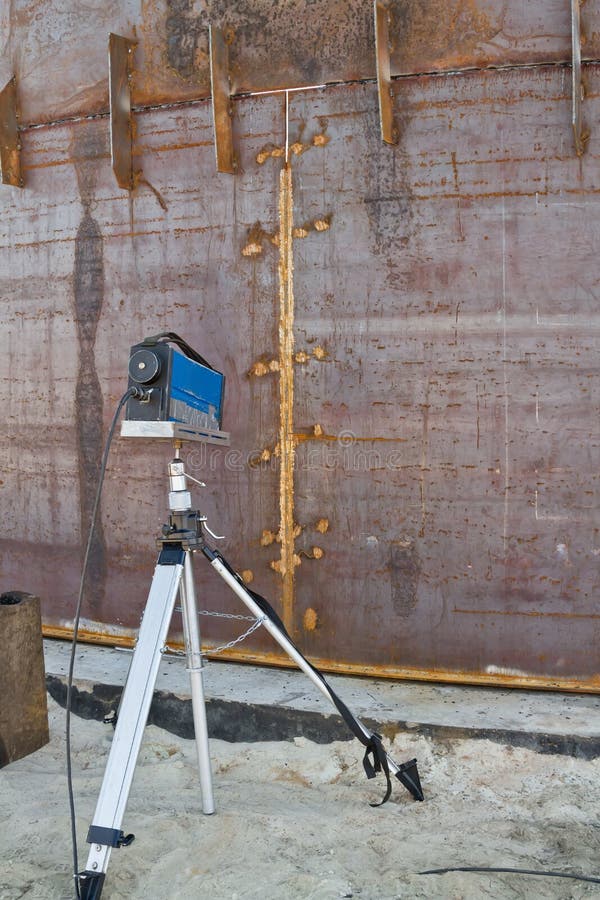Tank Welding Inspection: Making Certain Long-Term Toughness and Safety
Tank Welding Inspection: Making Certain Long-Term Toughness and Safety
Blog Article
Comprehensive Guide to Effective Tank Welding Assessment Techniques and Finest Practices for High Quality Guarantee
In the realm of tank welding, rigorous assessment techniques are critical for securing structural stability and ensuring compliance with sector laws. As we explore these essential elements, it ends up being clear that a proactive examination technique is not just beneficial, but crucial for functional success in settings dealing with harmful materials.
Importance of Tank Welding Examination

Storage tank welding examination acts as a preventative measure, determining potential flaws such as cracks, porosity, or inappropriate joint infiltration before they intensify right into major concerns. Regular examinations not only follow sector guidelines and criteria but additionally improve the longevity of the storage tanks, minimizing the requirement for pricey repair services or replacements.

Aesthetic Inspection Strategies
Employing systematic visual evaluation methods is crucial for evaluating the high quality and honesty of welded joints in storage tanks. This approach functions as the very first line of defense in determining prospective flaws such as splits, damages, and not enough penetration. The examiner ought to approach the task with a keen eye, using suitable tools like magnifying glasses, flashlights, and mirrors to enhance visibility.
During the assessment process, the inspector must review the weld profile, ensuring it adheres to specified standards and standards (Tank Welding Inspection). This consists of checking out the grain width, height, and fusion with the base material. Assessors need to likewise pay attention to the surrounding areas for indicators of thermal distortion or contamination that might impact the weld's performance
Documentation of searchings for is essential; assessors need to tape any type of anomalies, classifying them by intensity for additional evaluation. This systematic strategy not only aids in prompt issue recognition yet also adds to long-term high quality assurance by making certain compliance with industry criteria. Routine training and calibration of aesthetic assessment techniques further boost the reliability of assessments, eventually resulting in more secure and a lot more resilient container structures.
Non-Destructive Testing Techniques
Non-destructive testing (NDT) methods are regularly used in storage tank welding inspections to examine the you can try this out integrity of bonded joints without compromising their architectural integrity. These methods are important for recognizing defects such as splits, voids, and additions that can bring about disastrous failings if left undetected.
Usual NDT methods include ultrasonic screening (UT), which utilizes high-frequency acoustic waves to detect internal imperfections; radiographic screening (RT), using X-rays or gamma rays to picture weld structures; and magnetic particle screening (MT), which exposes surface and near-surface suspensions in ferromagnetic products (Tank Welding Inspection). Fluid penetrant testing (PT) is likewise extensively used, efficient in finding surface-breaking defects by using a fluorescent or shade contrast color
Each NDT method has its certain applications and advantages, making it necessary for inspectors to pick the appropriate technique based on the product and the kind of weld being assessed. The integration of these NDT approaches right into the evaluation procedure boosts look at more info the total quality control framework, ensuring that welded containers meet safety and efficiency requirements. Ultimately, NDT plays a critical role in keeping the integrity and longevity of tank frameworks in various industrial applications.

Documentation and Reporting
Ensuring comprehensive documents and reporting our website during storage tank welding inspections is critical for maintaining conformity with sector requirements and facilitating efficient interaction among stakeholders. Correct documentation functions as an extensive document of evaluation activities, searchings for, and any kind of rehabilitative actions taken throughout the welding process. This details is vital not only for quality control but likewise for audits and governing evaluations.

A well-structured evaluation report should consist of information such as the day of evaluation, names of examiners, welding treatments employed, materials used, and any type of discrepancies from developed requirements. Additionally, pictures and layouts can improve the quality of the report, supplying aesthetic context to the searchings for. It is also vital to record any type of non-conformities along with their resolution, ensuring that all stakeholders are educated of prospective threats and the actions taken to alleviate them.
Moreover, maintaining a central database for all assessment records allows for very easy retrieval and evaluation, fostering a society of openness and accountability. By focusing on thorough paperwork and coverage, companies can not only maintain quality control but additionally reinforce their track record within the sector, ultimately leading to enhanced safety and operational effectiveness.
Continual Enhancement Practices
Constant improvement techniques are important for enhancing the quality and effectiveness of storage tank welding evaluations. One effective method entails normal training and upskilling of inspection workers to remain abreast of the latest welding modern technologies and requirements.
In addition, using data-driven analysis enables companies to track inspection results, determine trends, and pinpoint locations for enhancement. Using tools such as origin reason analysis can help in recognizing the underlying problems leading to flaws, making it possible for targeted treatments. Furthermore, getting feedback from evaluation teams and stakeholders creates a collective atmosphere that motivates ingenious options.
Incorporating innovative modern technologies, such as automatic examination systems and real-time monitoring, can dramatically enhance the precision and speed of examinations. Regular audits of the assessment processes also add to a society of accountability and continuous improvement. Eventually, these continual enhancement techniques not just boost the quality of storage tank welding inspections however also add to overall operational excellence and client fulfillment.
Verdict
Finally, reliable tank welding inspection is essential for guaranteeing the structural honesty and safety of storage systems, particularly those dealing with unsafe products. Employing a combination of visual evaluation techniques and non-destructive testing techniques promotes the early recognition of defects, therefore maintaining compliance with sector criteria. Additionally, durable documentation and a dedication to continuous enhancement enhance quality assurance practices. Eventually, these steps contribute considerably to functional excellence and the avoidance of potential security dangers.
Report this page